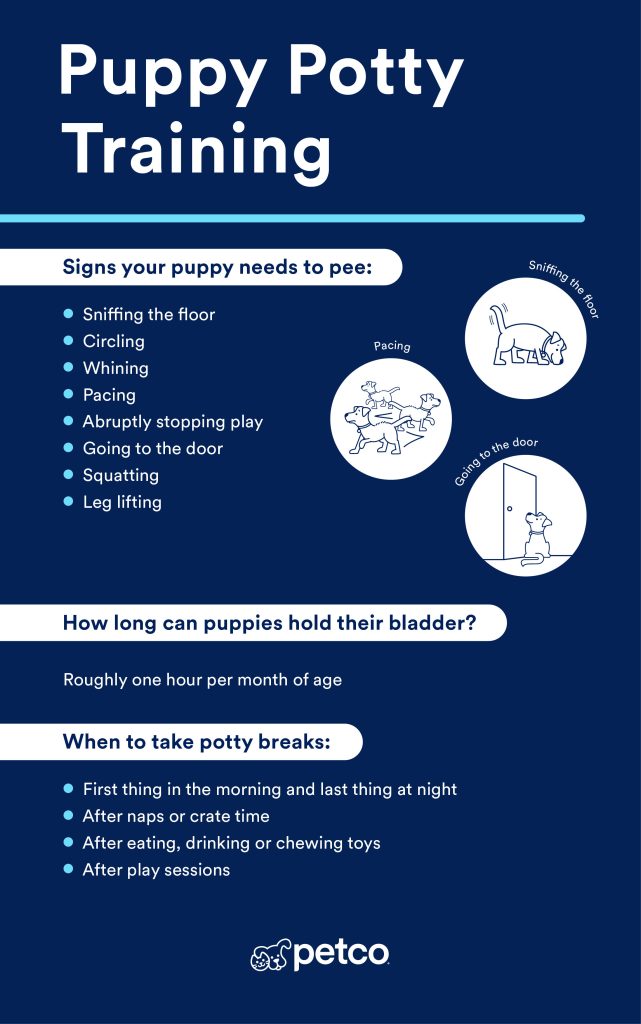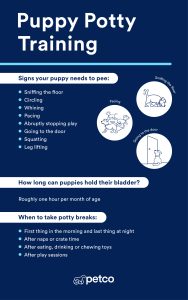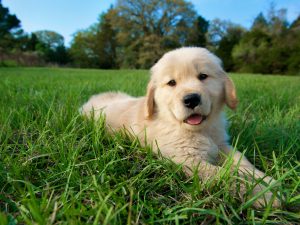Bringing a new puppy into your home is exciting, but training can feel overwhelming. You want your puppy to grow into a well-behaved and happy dog, but where do you start?
This guide is packed with simple, effective puppy training tips that anyone can use. Whether you’re dealing with biting, potty training, or basic commands, these tips will help you build a strong bond with your puppy and make training easier.
Keep reading, and you’ll discover how small changes in your approach can lead to big results. Your puppy is counting on you—let’s make training a positive experience for both of you!
Choosing The Right Training Method
Training a puppy takes patience and the right approach. Choosing a good method helps your puppy learn faster.
Each puppy is different. Some respond well to certain techniques. Find one that fits your puppy’s personality.
Positive Reinforcement Techniques
Positive reinforcement means rewarding good behavior. This makes your puppy want to repeat that action.
Use treats, praise, or playtime as rewards. Always reward your puppy right after it does the right thing.
- Give small treats your puppy likes
- Use a happy tone when praising
- Be consistent with rewards
- Avoid punishment during training
Clicker Training Basics
Clicker training uses a small device that makes a clicking sound. It marks the exact moment your puppy does something right.
After the click, give a treat. This helps your puppy connect the sound with a reward and good behavior.
- Start by clicking and giving treats to your puppy
- Use the click when the puppy follows a command
- Practice short sessions often
- Be patient and keep training fun
Avoiding Common Mistakes
Many new trainers make simple mistakes. Avoid these to help your puppy learn better and faster.
Do not punish your puppy for mistakes. This can cause fear and confusion. Stay calm and patient.
- Don’t use physical punishment
- Avoid yelling during training
- Don’t expect quick results
- Keep training sessions short and regular
- Be consistent with commands and rules
Establishing A Routine
Training a puppy is easier with a clear daily routine. Dogs feel safe when they know what to expect. A routine helps your puppy learn good habits faster.
Start by setting fixed times for feeding, potty breaks, play, and training. This keeps your puppy calm and focused.
Consistent Feeding And Potty Schedule
Feed your puppy at the same times each day. This helps regulate digestion and potty needs. Puppies usually need to go out shortly after eating.
Take your puppy outside right after meals and naps. Use the same potty spot to build habit. Praise your puppy when they go outside.
- Feed meals in the morning, midday, and evening
- Take puppy out 10-15 minutes after eating
- Use a consistent potty area outdoors
- Reward puppy with praise or treats after potty
Setting Regular Play And Training Times
Play and training sessions should happen at regular times every day. This helps your puppy learn focus and builds good behavior.
Keep sessions short and fun. Puppies have short attention spans. End with positive praise to keep them excited for next time.
- Schedule playtime in the morning and afternoon
- Train for 5 to 10 minutes at a time
- Use toys and treats to encourage learning
- Always end sessions with praise and affection
Housebreaking Essentials
Teaching a puppy where to go potty is important for your home and your dog’s comfort. Housebreaking takes patience and clear rules.
Using simple methods can help your puppy learn fast. Two key areas are crate training and noticing potty signals.
Crate Training Benefits
Crate training gives your puppy a safe space and helps them learn bladder control. Dogs avoid soiling where they sleep, which aids housebreaking.
- Creates a cozy den for your puppy
- Prevents accidents when unsupervised
- Helps build a bathroom schedule
- Reduces anxiety in new places
- Makes travel and vet visits easier
Recognizing Potty Signals
Watching for signs that your puppy needs to go out helps prevent accidents. Puppies give clear signals before they need a bathroom break.
| Potty Signal | What It Means |
| Sniffing around | Looking for a spot to go |
| Whining or barking | Needs attention to go out |
| Circling | Trying to find the right place |
| Sudden restlessness | Urgency to relieve bladder |
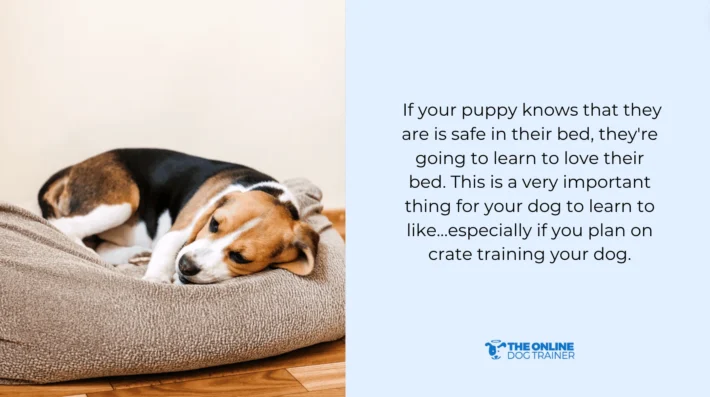
Credit: theonlinedogtrainer.com
Socialization Strategies
Socialization helps puppies grow into friendly adults. It teaches them how to act around others. Early socialization builds confidence and reduces fear.
Start socializing your puppy with care. Let them meet new people and pets. Show them different places and sounds.
Introducing To New People And Pets
Introduce your puppy to a variety of people. Include children, adults, and seniors. Let your puppy see calm and friendly dogs too.
- Keep meetings short and positive
- Use treats to reward calm behavior
- Watch for signs of stress or fear
- Allow your puppy to approach at their own pace
- Never force interaction if your puppy is scared
Exposure To Different Environments
Take your puppy to many places. New sights and sounds help them adapt. This reduces anxiety in new situations.
| Environment | Benefits |
| Park | Meets new dogs and people |
| Busy Street | Gets used to noise and traffic |
| Pet Store | Sees other animals and smells |
| Home Visits | Adjusts to different homes |
Basic Obedience Commands
Training your puppy is important for their safety and good behavior. Basic commands help your puppy understand what you want.
Start with simple commands like sit, stay, and come. These build a strong foundation for further training.
Teaching Sit
To teach sit, hold a treat close to your puppy’s nose. Slowly move the treat above their head.
When your puppy’s bottom touches the ground, say “sit” and give the treat. Repeat this until they sit on command.
Teaching Stay
Ask your puppy to sit first. Show your open palm and say “stay.” Take a step back slowly.
If your puppy stays, praise them and give a treat. Increase the time and distance gradually for better results.
Teaching Come
Call your puppy’s name and say “come” in a happy voice. Use a treat to encourage them to come to you.
When your puppy comes, reward them immediately. Practice this in a safe, quiet area to avoid distractions.
Leash Training Tips
Introduce the leash gently by letting your puppy wear it indoors. Let them get used to the feeling first.
Start walking slowly and keep the leash loose. Praise your puppy when they walk beside you without pulling.
- Use treats to reward good leash behavior
- Stop walking if your puppy pulls
- Be patient and keep sessions short
Handling Behavioral Challenges
Puppies explore the world with their mouths and voices. This can lead to chewing, biting, or barking. These behaviors may cause frustration for owners. Training and patience help guide your puppy to better habits.
Understanding why puppies act this way is key. They might be teething, bored, or seeking attention. This guide covers tips to manage chewing, biting, and barking in a calm way.
Dealing With Chewing And Biting
Puppies chew and bite to learn about their surroundings. Teething causes discomfort that chewing can ease. Biting can also be a way to play or get attention. Teach your puppy what is okay to chew and where to bite gently.
- Give safe chew toys to redirect biting.
- Say “no” firmly if your puppy bites skin or furniture.
- Offer praise when your puppy chews toys instead of bad items.
- Keep your puppy busy with exercise and playtime.
- Use bitter sprays on furniture to discourage chewing.
Managing Excessive Barking
Barking can signal many things like excitement, fear, or boredom. Too much barking can be a problem. Watch what triggers your puppy’s barking and respond calmly to reduce it.
| Trigger | How to Respond |
| Strangers at door | Teach quiet command and reward silence |
| Loneliness | Provide toys and more attention |
| Other dogs barking | Distract with commands and treats |
| Boredom | Increase exercise and mental games |
Using Toys And Rewards
Training a puppy needs patience and good tools. Toys and rewards help keep your puppy interested. They make learning fun and effective.
Using the right toys and treats can guide your puppy to good behavior. These tools create positive experiences during training.
Choosing Appropriate Chew Toys
Pick toys that are safe and fit your puppy’s size. Strong toys last longer and help with teething. Avoid toys that can break into small pieces.
- Choose non-toxic materials.
- Look for chew toys made for puppies.
- Pick toys that are easy to clean.
- Avoid toys with small parts that can break off.
- Rotate toys to keep your puppy interested.
Effective Treats For Motivation
Treats should be tasty but healthy. Use small pieces so your puppy stays motivated without eating too much. Treats must be easy to carry during training.
| Treat Type | Benefits | Use Tips |
| Soft Chews | Easy to eat quickly | Use for fast rewards |
| Freeze-Dried Meat | High in protein | Great for strong motivation |
| Small Biscuits | Good texture | Use for longer training sessions |
| Vegetable Pieces | Low calorie | Use for frequent rewards |

Credit: www.lilyskitchen.co.uk
Maintaining Patience And Consistency
Training a puppy takes time and effort. Staying patient helps your puppy learn better.
Consistency in training creates clear rules your puppy can follow every day.
Tracking Progress
Keep a daily record of your puppy’s training achievements. Note good behavior and areas that need work.
| Day | Command Learned | Success Rate | Notes |
| Monday | Sit | 70% | Needs more practice |
| Tuesday | Sit | 85% | Improved response |
| Wednesday | Stay | 60% | Distracted easily |
Adapting Techniques As Needed
Watch your puppy closely. Change your training methods if something does not work well.
- Use treats your puppy likes as rewards
- Keep training sessions short to hold attention
- Try different tones of voice for commands
- Give more breaks if your puppy seems tired
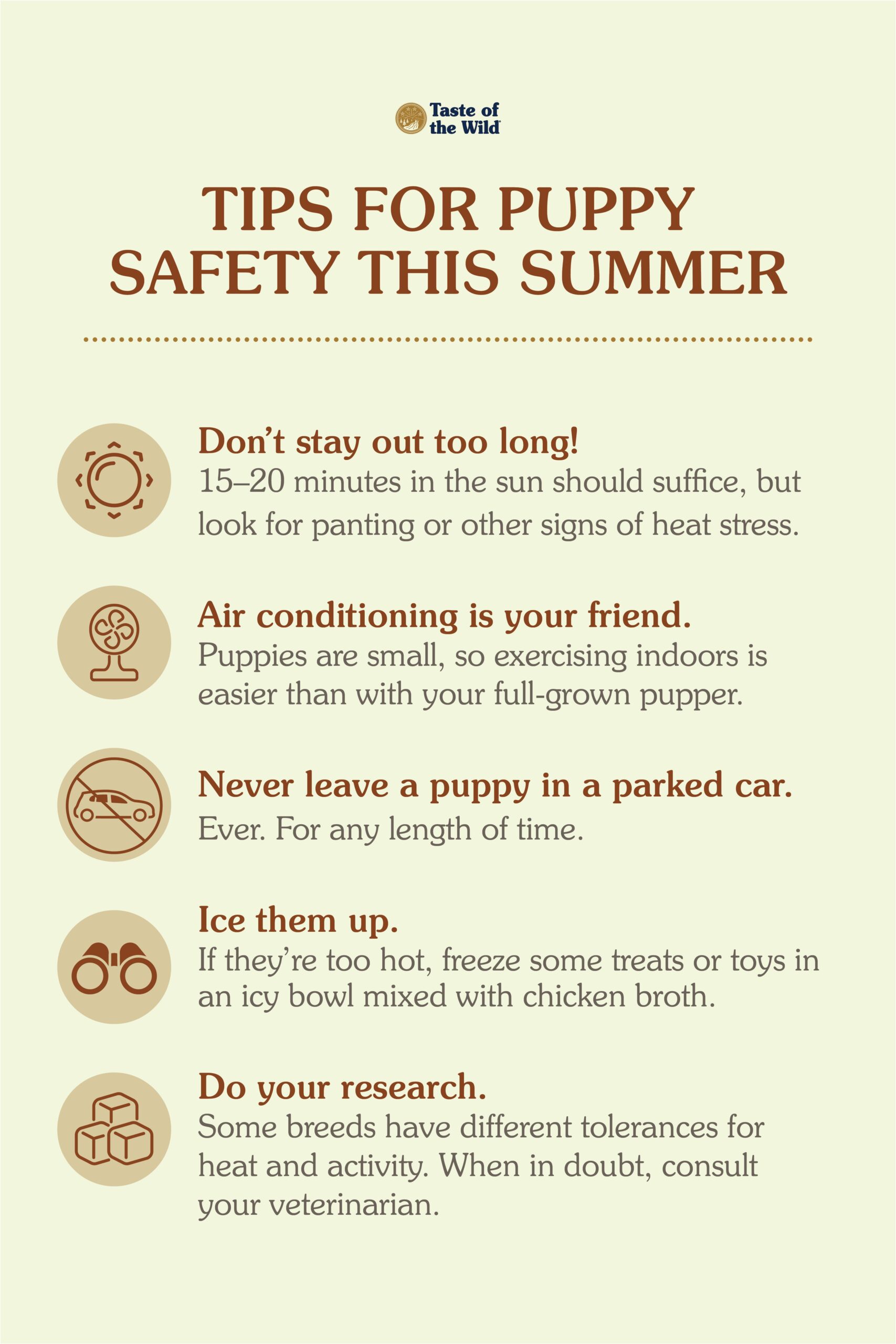
Credit: www.tasteofthewildpetfood.com
Frequently Asked Questions
How Do I Start Training My Puppy At Home?
Begin with basic commands like sit, stay, and come. Use positive reinforcement and short sessions. Consistency and patience are key for effective training.
What Is The Best Age To Train A Puppy?
Start training as early as 8 weeks old. Puppies learn quickly during this period. Early training helps establish good behavior habits.
How Can I Stop My Puppy From Biting?
Redirect biting to chew toys. Use firm “no” and ignore bad behavior. Consistent training teaches puppies bite inhibition.
How Long Should Puppy Training Sessions Be?
Keep sessions short, around 5-10 minutes each. Frequent, brief sessions prevent puppy fatigue and maintain focus.
Conclusion
Training a puppy takes time, patience, and care. Start with small, clear commands. Reward good behavior to encourage learning. Keep training sessions short and fun. Consistency helps your puppy understand rules better. Remember, mistakes are part of learning. Stay calm and positive every day.
A well-trained puppy grows into a happy dog. Enjoy the journey with your new friend. Training builds trust and strengthens your bond. Keep practicing, and you will see great results soon.

Emily Barker is the founder of ChillDogLife.com, a space dedicated to helping pup parents discover the best dog products, lifestyle tips, and cozy ideas for happier homes.
A lifelong dog lover, Emily combines her passion for pets with a knack for research to share trusted recommendations on everything from toys and furniture to health and everyday care.
Her goal is simple: to make life easier, stylish, and more joyful for dogs and the people who love them.
